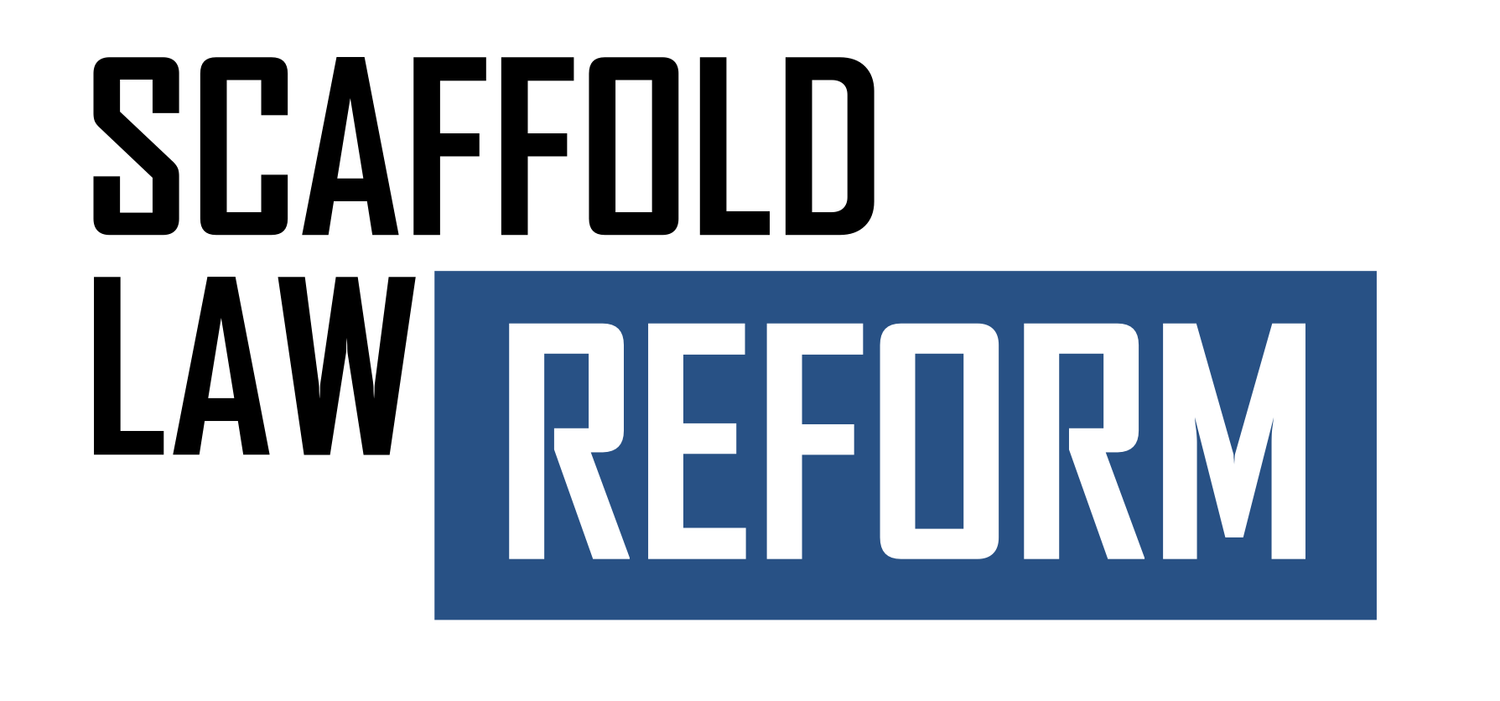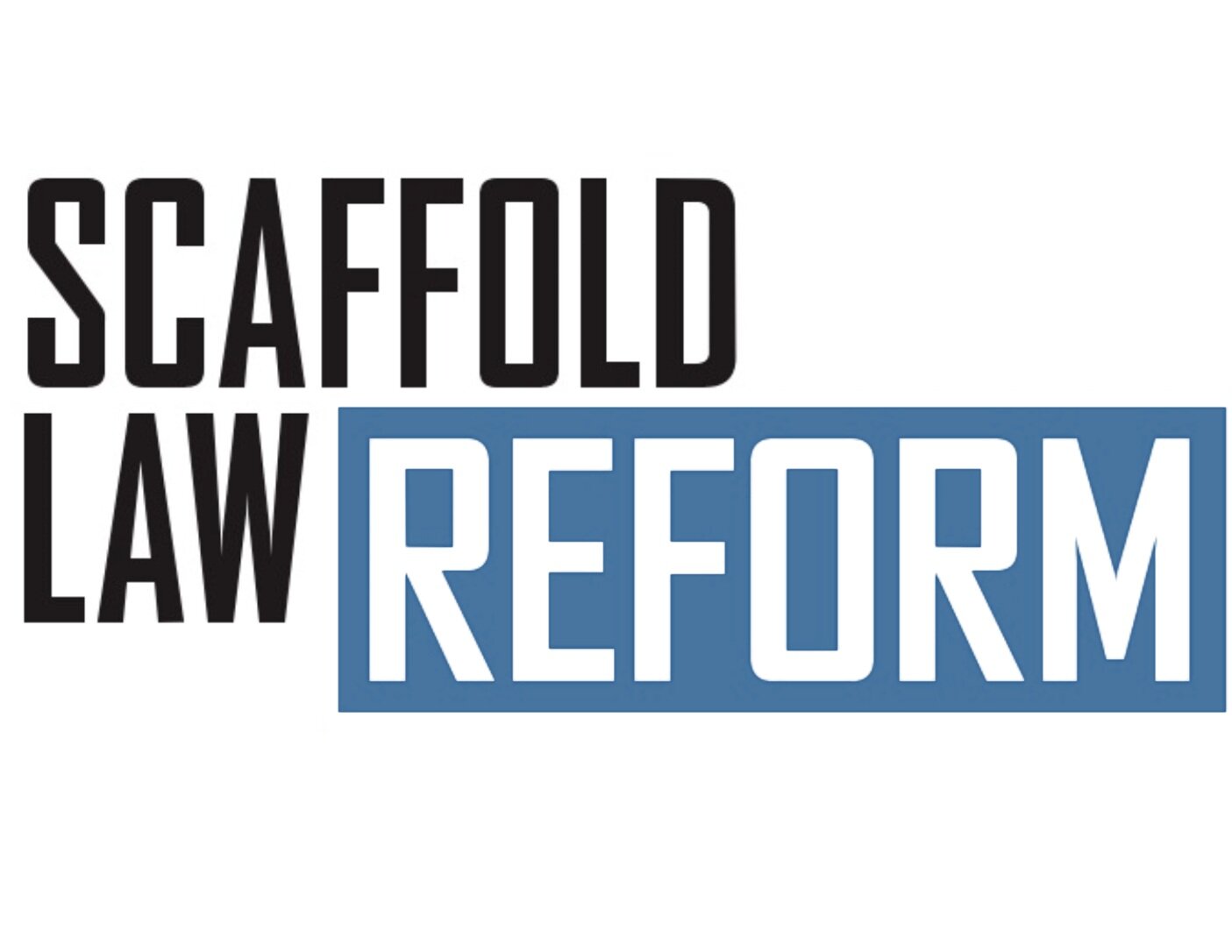West Harlem HDFC residents question rise in UHAB-provided insurance rates
By: Grace Kaste
Guillermo Lara, a resident of 86 W. 119th St., has lived with his family in his affordable housing co-op for over 10 years. But this stability is now threatened by a sudden rise in insurance rates—a 113 percent increase since 2022.
“Especially these last two years, the insurance has increased their premiums a lot, and that significantly affects affordability,” Lara said.
Lara’s building is a Housing Development Fund Corporation cooperative, a form of affordable housing in which residents collectively own the property as shareholders. The building is insured through the Fire and Liability Insurance Plan, a bulk-purchasing program run by the Urban Homesteading Assistance Board initially designed to provide more affordable insurance for HDFCs.
UHAB partners with Gallagher Insurance, a private broker, to secure more affordable insurance rates for the Fire and Liability Insurance Plan. Each year, Gallagher renegotiates the rates for member HDFCs. Historically, the rates have been less expensive and less volatile than other insurance providers.
“For 40-some odd years, this structure allowed that HDFC co-ops were getting significantly more affordable rates for oftentimes more appropriate insurance coverage than market rate co-ops were,” Caleb Weil, who works in UHAB’s member services department, said.
“That all changed in 2023,” Weil said.
Rising rates and Labor Law 240
Gallagher calculates its insurance rates for each year six months earlier than other insurers, Weil said. When it announced its rates for 2023 in mid-2022, the Fire and Liability Insurance Plan was no longer the affordable option.
“I think that we have seen that almost every building that’s a part of FLIP has over the last two years seen somewhere around a 100 percent increase in [insurance rates],” Weil said.
When Lara, who also serves as the board treasurer for his building, saw the high insurance rates, he began to question whether the Fire and Liability Insurance Plan’s coverage was really the most affordable.
“To tell you the truth, these last two years, increases have prompted me to express my discomfort, and I’ve been openly presenting questions to Gallagher,” Lara said.
Gallagher did not respond to repeated requests for comment.
While Lara’s building has not yet left Gallagher, other member HDFCs began dropping the Fire and Liability Insurance Plan’s insurance en masse. But the plan was not necessarily more expensive than the rest of the insurance market—it was just ahead of the curve.
Peter von Simson, who manages multiple HDFCs in West Harlem, said that rates for all providers have skyrocketed since 2023.
“We’ve seen increases everywhere, and so that’s partly because carriers have gotten out of the business as they’ve incurred greater losses,” Simson said. “The damages that the buildings are then responsible for, the building’s carrier is then responsible for, have gone through the roof, and they have passed that on as far as increasing premiums.”
According to Simson, these losses can be attributed to a change in the enforcement of New York state’s Labor Law 240. The law, which no other state has, imposes “absolute liability” on the property owner if a worker is injured while performing maintenance on the building.
The law dates back to the 19th century, but courts have recently expanded its scope to disregard worker’s negligence and include any gravity-related injury. Simson said that courts consistently side with the plaintiffs who make claims under Labor Law 240.
“The courts are more likely, if there’s an actual jury trial, to vote on the side of the plaintiff. So the claims are larger, and so the carriers are more afraid,” Simson said. “They’re taking that into consideration when they’re issuing policies.”
Like Simson, Weil said Labor Law 240 is the primary cause of the rise in insurance policies.
“The cost of covering against Labor Law 240 claims went up an absurd amount between 2022 and 2023,” Weil said.
As a result, HDFCs are squeezed. They cannot afford insurance that covers Labor Law 240 suits, but they also cannot afford to risk a lawsuit out-of-pocket.
“For HDFC buildings where the income is somewhat limited, they were hit the hardest because some people are just like, ‘We can’t pass this on. We have no way to cover this yet,’” Simson said.
‘Redline’ maps and insurance carriers
HDFCs originated during New York City’s fiscal crisis in the 1970s. As residents left the city en masse, landlords abandoned many apartments that ultimately fell into disrepair, which the city later seized. While the city was facing bankruptcy, it tried to auction off the foreclosed apartments in the late 70s and early 80s. The buildings were so physically neglected that the city was unable to get an offer of more than $213 per unit.
The city’s solution was to sell the apartments off to individual residents for just $250 each, often without much-needed repairs. Once sold off, the next challenge for their new owners was insurance.
“One serious issue that people ran into kind of right off the bat was accessing insurance,” Weil said. “If you lived in upper Manhattan or South Bronx, … insurance was either prohibitively expensive or not available at all.”
Community Board 9 boasts the most HDFCs in New York City. Weil said insurers used redlining maps from the Home Owners’ Loan Corporation to determine which properties they wanted to insure.
“They saw that if you live in certain areas, that the likelihood of having to pay out for a claim—just because of things like crime statistics, arson, you know, things like that, just the general quality of the housing stock—that they just didn’t want to touch these areas,” Weil said.
To get around this, HDFCs around the city banded together to buy a larger policy in which an insurer would be forced to take all of the buildings as a package deal, rather than only insuring the least dilapidated HDFCs. The member buildings could spread risk across different properties, and this bulk purchasing group was more attractive to insurers because it shored up the risks of property damage that seemed to plague poorly maintained HDFCs.
That is how UHAB was conceived—the organization began simply as the membership services structure for this bulk purchasing group. The insurance policy they helped broker with Gallagher became the Fire and Liability Insurance Plan, which now insures over 530 HDFCs in New York City.
A ‘slippery slope’
Since the Fire and Liability Insurance Plan’s conception, UHAB has offered a single blanket policy for all HDFCs. But now, for the first time in 40 years of bulk insurance coverage, the plan is allowing the co-ops to opt to exclude Labor Law 240 coverage from their policy.
Weil said that UHAB is offering this option at the request of HDFCs who want to save money.
“The liability insurers so badly do not want to be on the hook for these claims, because they can be so expensive, that they’re willing to take 30 percent off the policy for, you know, leaving the HDFC up in danger for that,” Weil said.
Unless they find a cheaper policy, HDFC residents like Lara are left with no other option but to reduce their policy to no longer cover Labor Law 240.
“The only way possible, as far as I have seen, given the trend to increase the agreements every year, is working on the coverage level, the amount of insurance,” Lara said.
Reducing his building’s coverage would reduce the insurance premium, but it would also be risky. HDFCs have a unique history that leaves them predisposed to need repairs. If an HDFC, whose residents have limited equity—meaning that their resale value is limited in order to preserve affordable units—is hit with a Labor Law 240 suit, it’s likely that many would be unable to pay the settlement and could lose their homes to foreclosure.
That’s why HDFC managers like Simson think that dropping coverage of Labor Law 240 claims is a “slippery slope.”
“I would never consider that, especially for HDFC,” Simson said. “What are the odds that a bunch of families living in a building that don’t even knowingly make this choice are going to somehow be able to pony up and cover a million dollar claim?”
Weil said he also believes it is not in the best interest of an HDFC to drop this coverage and said he hopes for better regulation of the insurance industry, as well as more awareness of the impacts Labor Law 240 has on insurance.
“I think we’re still heading towards and, you know, arguably, have already passed a crisis point,” Weil said in relation to insurance coverage of Labor Law 240 suits.
Lara will continue to look for more affordable policies and hopes that the city will provide abatements and tax exemptions to HDFC residents. But in the meantime, he hopes that residents of HDFCs will educate themselves.
“I will advocate for more of this type of housing opportunities and more people being educated, prepared, and willing to administer themselves,” Lara said.

